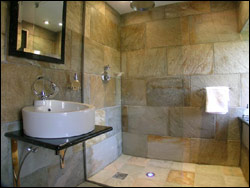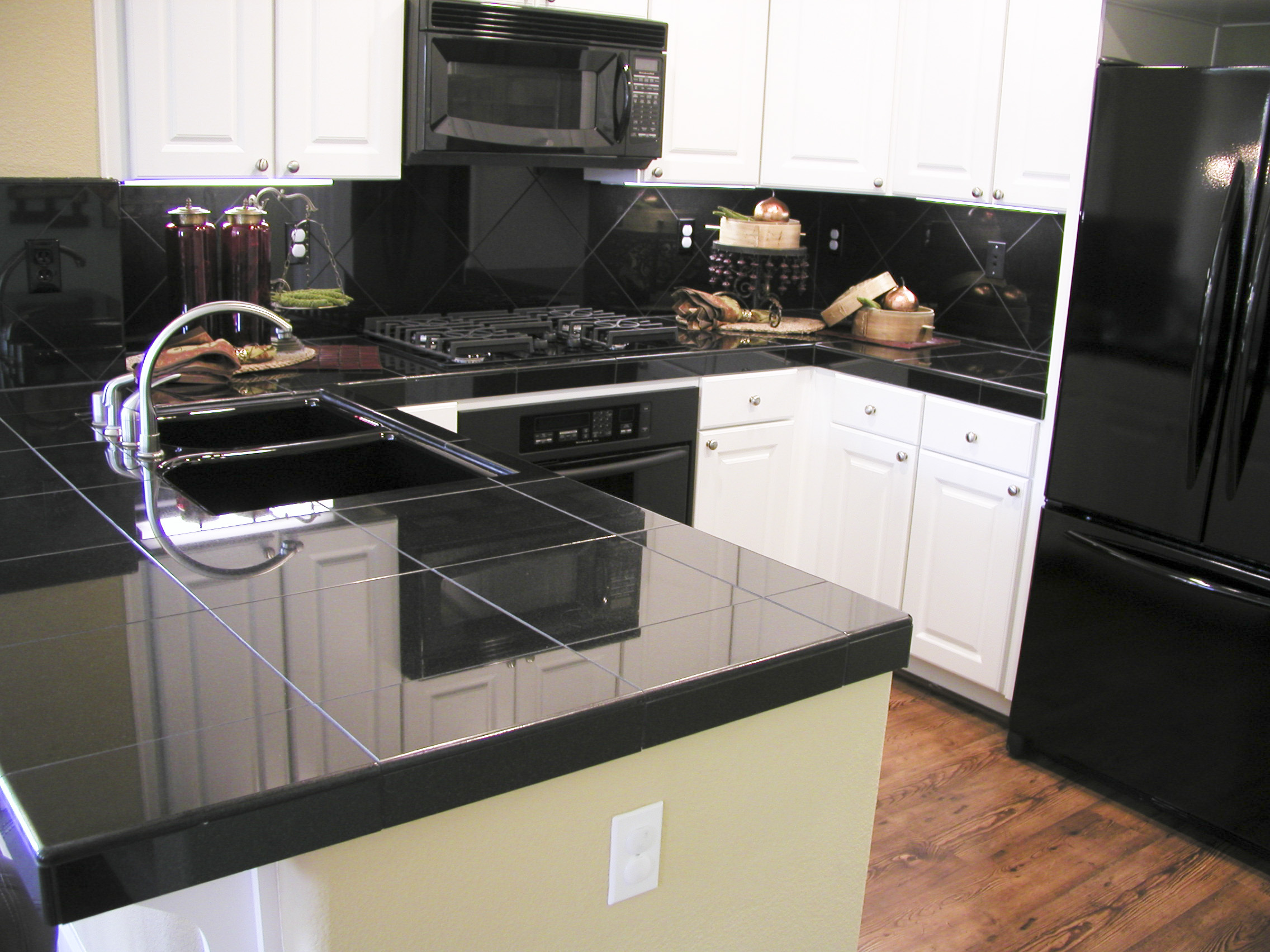‘Dopamine Decor’- How to Use Colour and Texture to Intentionally Boost Mood
You have probably heard a lot about how your home should look, but how it feels is also important. As a devotee of decorating, it is important to understand that design is about a lot more than aesthetics. It is also about environment. Recently, the idea of “Dopamine Décor” has become more commonplace, moving beyond the idea of strict rules and simple minimalism. The idea is a joyful, intentional approach. This creates a space that can actively boost your mood and improve mental wellbeing.
This is decorating with the purpose of stimulating the happy hit of dopamine whenever you walk into a room.
What is “Dopamine Decor”?
Unlike Boho or Scandinavian, it is not a specific style but rather the intentional used of a range of elements that spark joy, evoke positive memories, or even stimulate the senses. This means it can include vibrant, and often unexpected, colour combinations, interesting textures, personal items that have a strong emotional history and even an element of playfulness that rejects safe design conventions.
The idea is that you create a home where you can feel like your most authentic, happiest, self. Let’s take a closer look at colour and texture. These the two main elements that are so important to dopamine décor.
Colour is your instant mood booster
Colour is the most important tool in your dopamine arsenal, and you shouldn’t be afraid to stray away from aneutral palette.
The power of warm, saturated hues
Neutrals offer calm, whilst saturated, warm colours provide excitement and energy. Terracotta and deep coral are great for accents (ceramics, pillows, and art) and can offer warmth and a sense of grounding. They are not overwhelming but are certainly cheerful. For an immediate mood lifter consider bright orange or sunny yellow. It can be as simple as an accent wall, a vintage lamp or even a yellow front door. These shades can help trigger a feeling of optimism.
The pop of unexpected contrast
Dopamine Decor thrives on visual interest. If you have a neutral sofa, introduce cushions in a vibrant, clashing pattern (think florals next to stripes). This visual surprise can engage the brain and break up monotony. Remember, you don’t have to repaint a room to achieve this. Start with just one bold bright piece.
Engaging your tactile senses
Texture helps create a space that feel layered, complex, and inviting. It demands to be touched, which is importantto sensory happiness.
Your eyes should be captivated by a variety of tactile surfaces in a single space. Mix and match a range of elements, consider soft and plush, rough, and natural, shiny, and reflective as elements that can be added to your room.
The strongest form of Dopamine Decor is surrounding yourself with items holding positive associations. Vintage finds purchase on memorable trips or items handed down can be real dopamine triggers. They are not only beautiful but infused with personal history. Investing in local art or pieces from auction are a great way to add authentic colour, particularly if the pieces you choose evoke special memories.
Designing for yourself, not for social media
Dopamine Decor is about authenticity, challenging notions that your home shouldstick to current trends or be instagrammable. If a hot pink feather lamp takes you to a level of happy, then it is perfect for your home. Your home is your space and should reflect your story, your joys, and your individuality.




Recent Comments